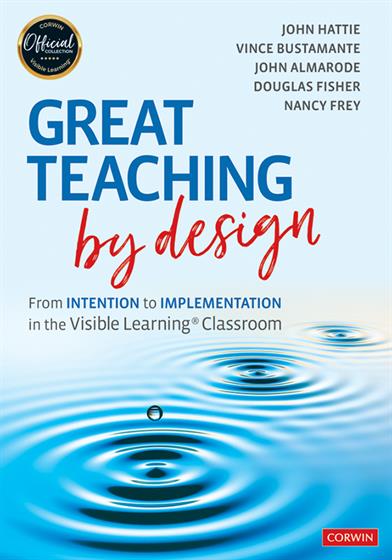Tables, Figures, and QR Codes
Acknowledgments
About the Authors
Introduction
Chapter 1: Implementing What Works Best
The DIIE Model as Shared Language for Implementation
Ways of Thinking and Motivations
Teacher Decision Making
Ways of Thinking and Decision Making
Motivation and Decision Making
Teacher Motivation
Motivation and Implementation
A Shared Language for Great Teaching
Chapter 2: Diagnosis and Discovery
The Who Behind the Learning
Standards of and for Learning as the Starting Point
Initial Assessments
Development of Initial Assessments
Teacher Noticing
Chapter 3: Intervention
This Is Not Deficit Thinking
Identifying the Skill, Will, and Thrill: Where Are Our Learners Now?
Applying the Goldilocks Principle
High-Probability Interventions
Aligning High-Probability Interventions With Skill, Will, and Thrill
High-Probability Interventions for Enhancing Skill
High-Probability Interventions for Enhancing Will
High-Probability Interventions for Enhancing Thrill
Chapter 4: Implementation
Fidelity to Clear and Visible Learning+® Goals
Student Awareness of Success Criteria
Success Criteria and Aligning the Intervention
Necessary Dosage of an Engaging, Challenging, and Authentic Learning Experience
Adaptations Through Adaptive and Compensatory Approaches
Quality Delivery in an Environment for Implementation
Fostering an Environment of Mistakes
Chapter 5: Evaluation
A Broader View of Evaluation
Planning for Evaluation
Evaluating the Evidence
The Role of the Post-Assessments in Evaluation
Collecting Evidence From Post-Assessments
Evaluating the Evidence From Post-Assessments
Conclusion
References
Index







